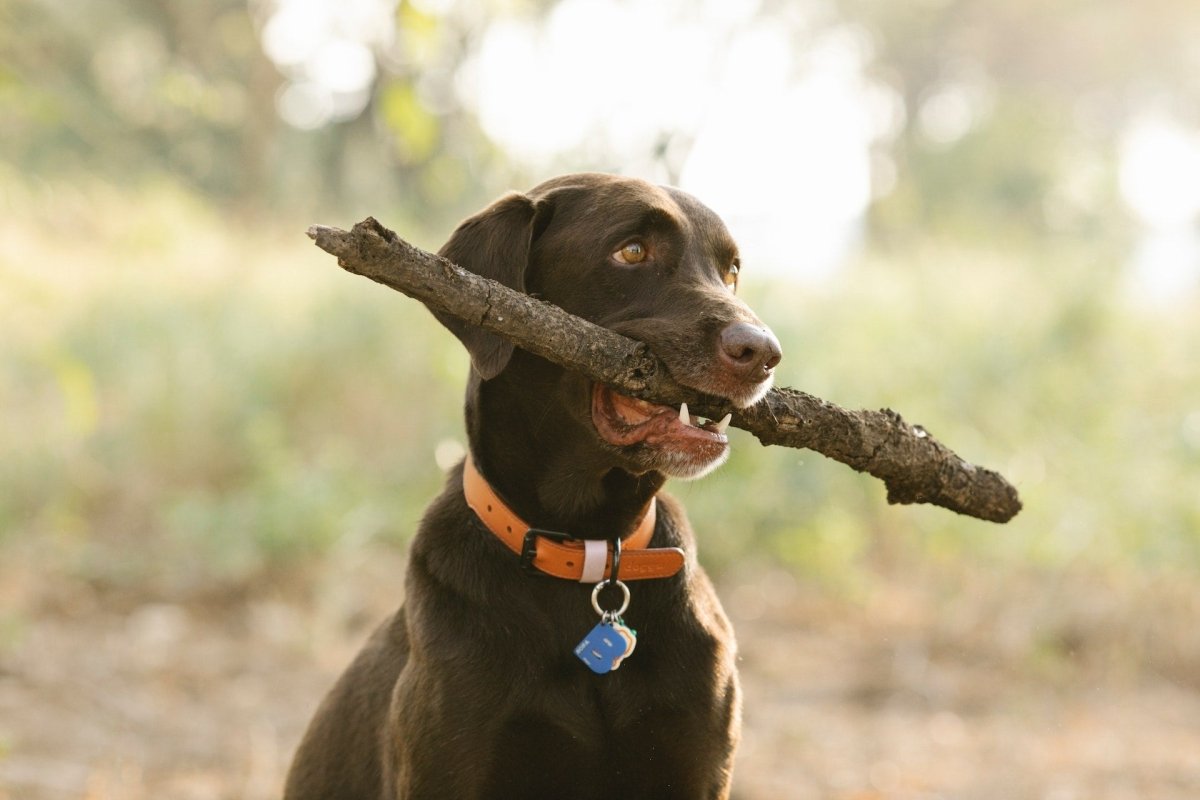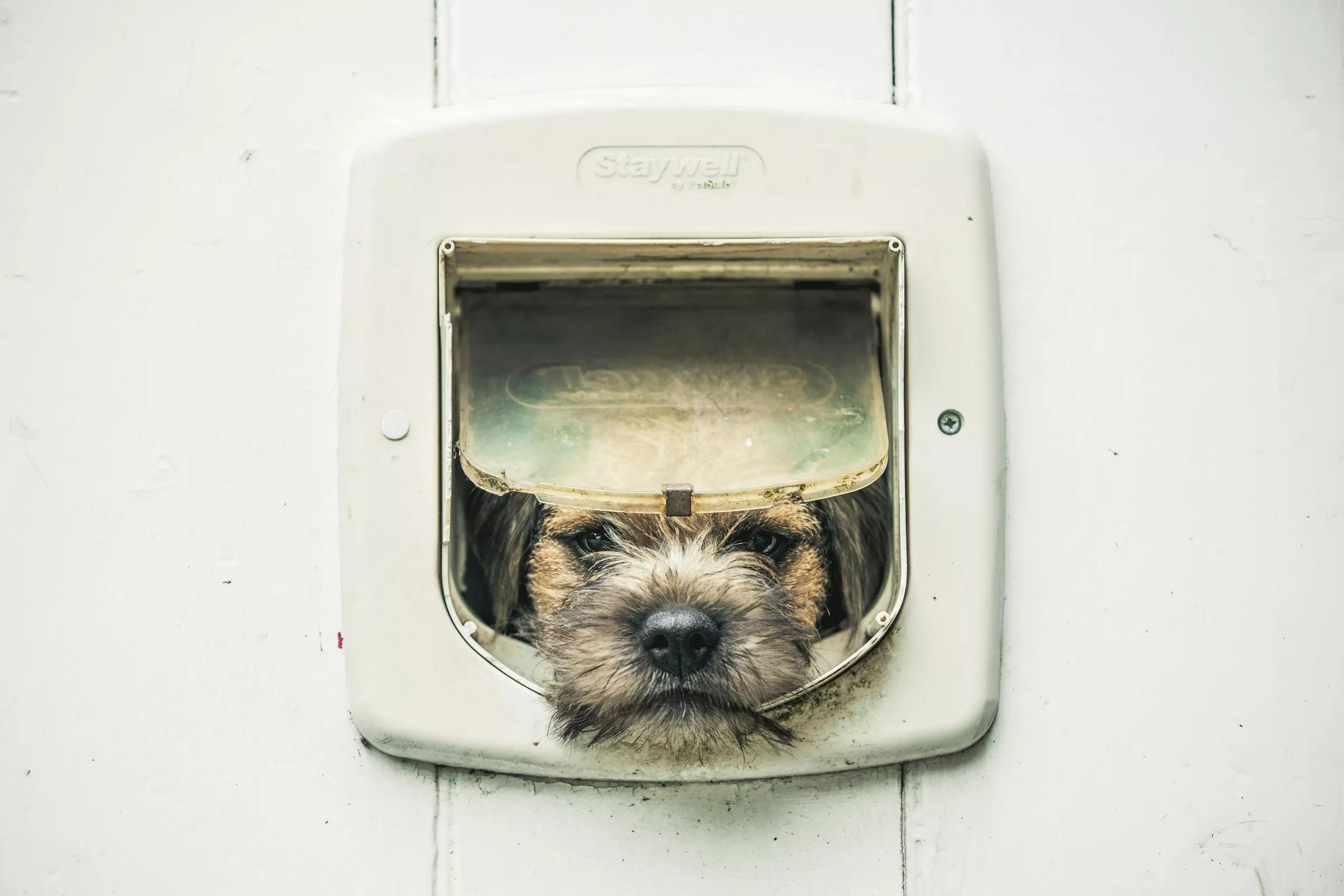Introduction
If you’re a dog parent, you know the importance of keeping your furry family member safe and comfortable. Choosing between a harness and a collar can be a daunting task for many pet owners. Both options have their pros and cons, but ultimately, it comes down to what works best for your canine companion. In this article, we’ll discuss the benefits and drawbacks of both harnesses and collars and help you make an informed decision.
Why It’s Important to Choose the Right Gear for Your Dog
Choosing the right gear for your furry family member is crucial for their safety and well-being. A poorly fitted harness or collar can cause discomfort, chafing, and even injury. It’s important to consider your dog's size, breed, and personality when choosing the right gear.
The Pros and Cons of Harnesses
The benefits of using a harness
- Even pressure distribution: Harnesses distribute pressure more evenly across your dog's body, reducing the risk of choking or injury to the neck and throat.
- Better control: Harnesses provide better control over your dog's movements, making it easier to guide them during walks or training sessions.
- More comfortable: Harnesses often have thicker padding than collars, which makes walking more enjoyable for your dog.
- No slipping out: Harnesses are less likely to slip out of your dog's neck, making them a safer option for dogs that like to pull or escape.
The drawbacks of using a harness
- Heat retention: Harnesses can trap heat and cause discomfort, especially during hot weather.
- More material: Harnesses require more material than collars, which can make them heavier and bulkier.
The Pros and Cons of Collars
The benefits of using a collar
- Lightweight: Collars are generally lighter and less bulky than harnesses, making them a more comfortable option for some dogs.
- Easier to put on: Collars can be easier to put on and take off than harnesses, which can save time and effort.
The drawbacks of using a collar
- Risk of injury: Collars can put pressure on the neck and throat, which can cause choking, injury, or respiratory problems, especially for dogs that pull or are not properly trained.
- Less control: Collars provide less control over your dog's movements, making it harder to guide them during walks or training sessions.
Choosing the Right Type of Harness or Collar for Your Dog
When choosing the right type of harness or collar for your furry family member, it's essential to consider their size, breed, and personality. Here are some factors to keep in mind:
- Size: Make sure to measure your dog's neck and chest before buying a collar or harness. A poorly fitted collar or harness can cause discomfort, chafing, or injury.
- Breed: Some breeds may be more comfortable with a certain type of gear. For example, brachycephalic breeds (dogs with flat faces) may benefit from a harness, while sighthounds may need a specialized collar that prevents them from slipping out.
- Personality: Consider your dog's personality and behaviour when choosing the right gear. For example, a collar may be a better option for a well-trained and obedient dog, while a harness may be more suitable for a dog that pulls or has respiratory issues.
There are many types of harnesses and collars available on the market, including personalized harnesses, front-clip harnesses, back-clip harnesses, martingale collars, and slip collars, among others. It's important to research and choose a high-quality and properly fitted product that meets your dog's needs.
Conclusion
Choosing between a harness and a collar for your dog can be a difficult decision, but it ultimately comes down to what works best for your furry friend. Consider your dog's size, breed, and personality, as well as the benefits and drawbacks of each option. Remember to choose a high-quality and properly fitted product that prioritizes your dog's safety and comfort.
FAQs
Are harnesses or collars better for small dogs?
It depends on the individual dog's size, breed, and personality. Some small dogs may benefit from a harness, while others may be more comfortable with a collar.
Can harnesses cause discomfort or injury to dogs?
If a harness is poorly fitted or not adjusted correctly, it can cause discomfort, chafing, or injury. It's important to choose a high-quality and properly fitted harness that meets your dog's needs.
Can collars cause choking or respiratory problems in dogs?
Collars can put pressure on the neck and throat, which can cause choking, injury, or respiratory problems, especially for dogs that pull or are not properly trained. It's important to choose a collar that is properly fitted.
What types of harnesses are available for dogs?
There are many types of harnesses available for dogs, including personalized harnesses, front-clip harnesses, back-clip harnesses, no-pull harnesses, and step-in harnesses, among others.
Should I choose a harness or a collar for my dog?
The choice between a harness and a collar ultimately depends on your dog's size, breed, and personality, as well as your specific needs and preferences. Consider the benefits and drawbacks of each option and choose a high-quality and properly fitted product that meets your dog's needs.















Share:
5 Essential Dog Recall Training Tips
How Much Exercise Does My Dog Need?